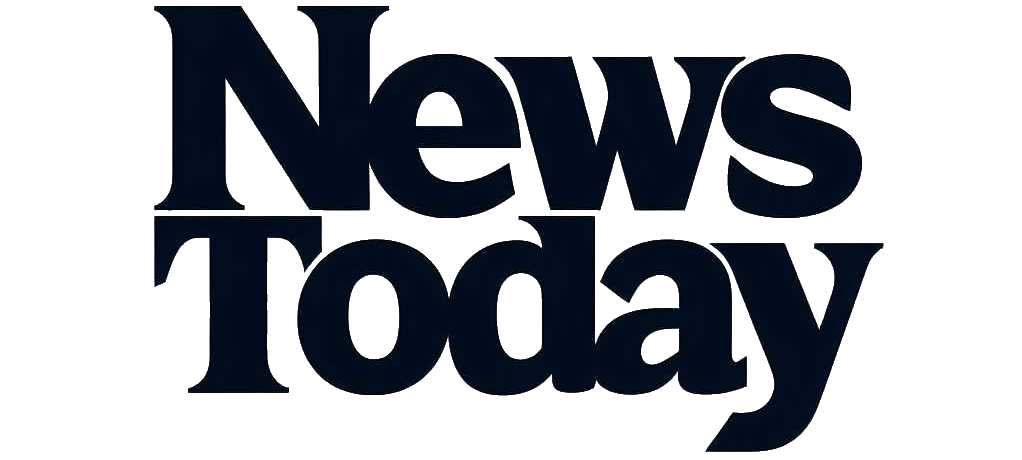As the calendar flips to 2024, a noticeable dip in U.S. economic sentiment has taken hold, stirring concerns among consumers and businesses alike. The optimism that characterized much of the post-pandemic recovery has given way to a more cautious outlook. This shift comes in the wake of various economic indicators suggesting a deceleration in economic activities and potential headwinds on the horizon.
MEILLE. Economic Confidence Falters in 2024
As the new year unfolds, signs of waning confidence in the robustness of the U.S. economy have become increasingly evident. Consumer confidence indices, which gauge public sentiment about current and future economic conditions, have recorded a marked decline in the early months of 2024. This trend is mirrored in the business sector, where confidence levels have similarly retreated from their post-pandemic highs. Analysts point to a confluence of factors, including tightening credit conditions, fluctuations in the stock market, and lingering supply chain issues, which have collectively contributed to the growing uncertainty.
The housing market, often a bellwether for economic health, has also shown signs of strain. Homes sales have slowed, and price growth has moderated, reflecting broader concerns about affordability and the potential for an upcoming recession. Economists suggest that the cooling housing market may be a precursor to wider economic challenges, as reduced home buying and selling activity tends to ripple across various sectors including retail and construction.
Moreover, the labor market, which has been a stronghold of the economy, is beginning to show signs of cooling. Recent reports indicate a slowdown in job creation and an uptick in unemployment claims, hinting at a possible tightening of the job market. This development is particularly concerning as consumer spending, which heavily relies on robust employment conditions, might face constraints, further dampening economic sentiment.
Predicting a Prolonged Economic Slowdown
Financial analysts and economic forecasters are increasingly predicting a prolonged economic slowdown in the U.S., lasting well into late 2024 or beyond. This is predicated on a variety of persistent challenges, including inflationary pressures, geopolitical tensions, and changes in fiscal policies. While inflation has come down from its peak, prices remain high relative to historical standards, eroding purchasing power and consumer confidence.
The international context also plays a critical role, with global economic dynamics exerting significant influence on U.S. economic prospects. Trade tensions, particularly with key partners like China and the European Union, could exacerbate the slowdown by disrupting trade flows and increasing costs for businesses and consumers. Additionally, emerging markets are grappling with their own economic challenges, which could further dampen U.S. export prospects and overall economic growth.
In response to these challenges, the Federal Reserve’s monetary policy will be pivotal. Current indications suggest a continuation of interest rate hikes aimed at curtailing inflation, but these measures also risk suppressing economic growth by increasing borrowing costs for consumers and businesses. The delicate balance between controlling inflation and not stalling economic growth will be a critical focus for policymakers as they navigate through these turbulent times.
The dip in U.S. economic sentiment at the start of 2024 paints a sobering picture of the challenges ahead. With both domestic and international factors contributing to a cautious outlook, stakeholders across the board — from policymakers to private sector leaders — will need to strategize carefully to mitigate the impacts of a potential prolonged economic downturn. As the situation unfolds, the resilience of the U.S. economy will be tested, and the decisions made in the coming months could have long-lasting effects on the nation’s economic trajectory.









